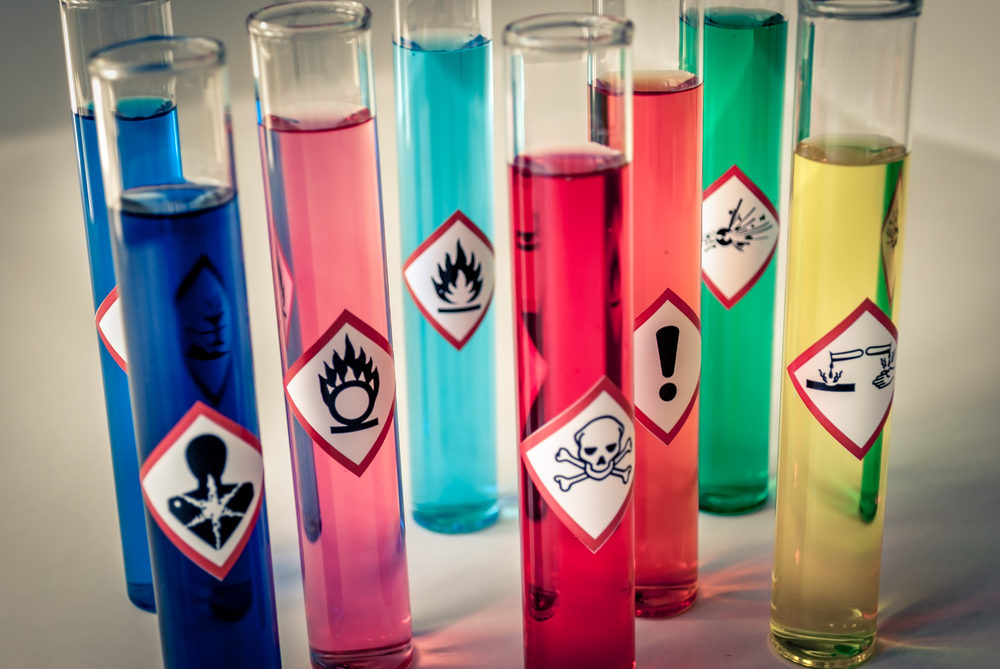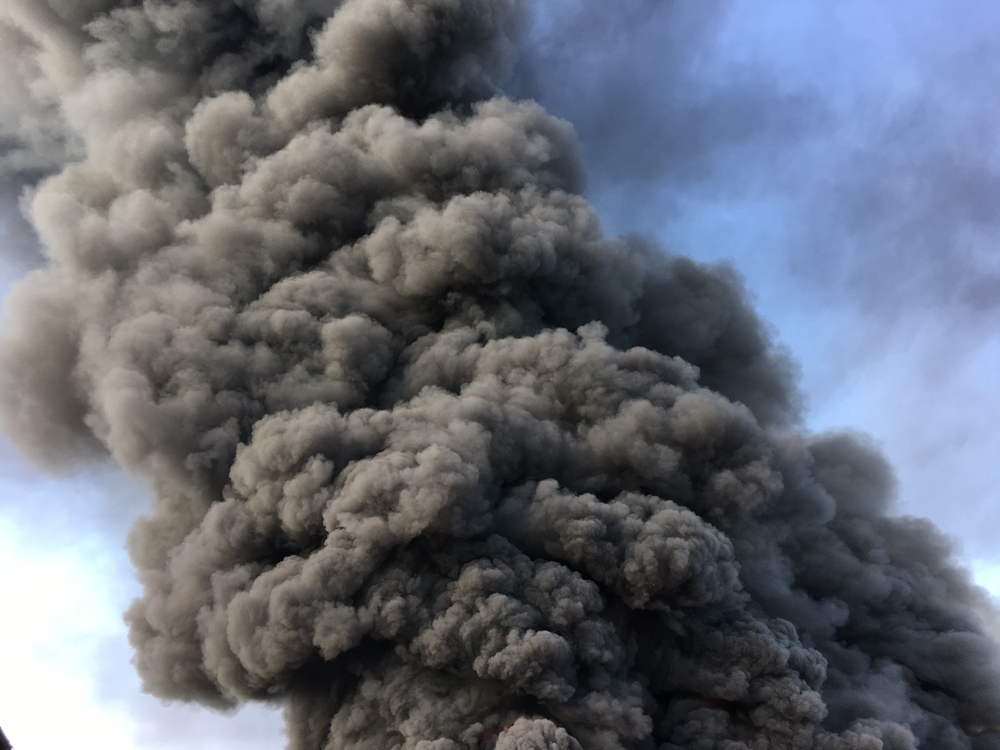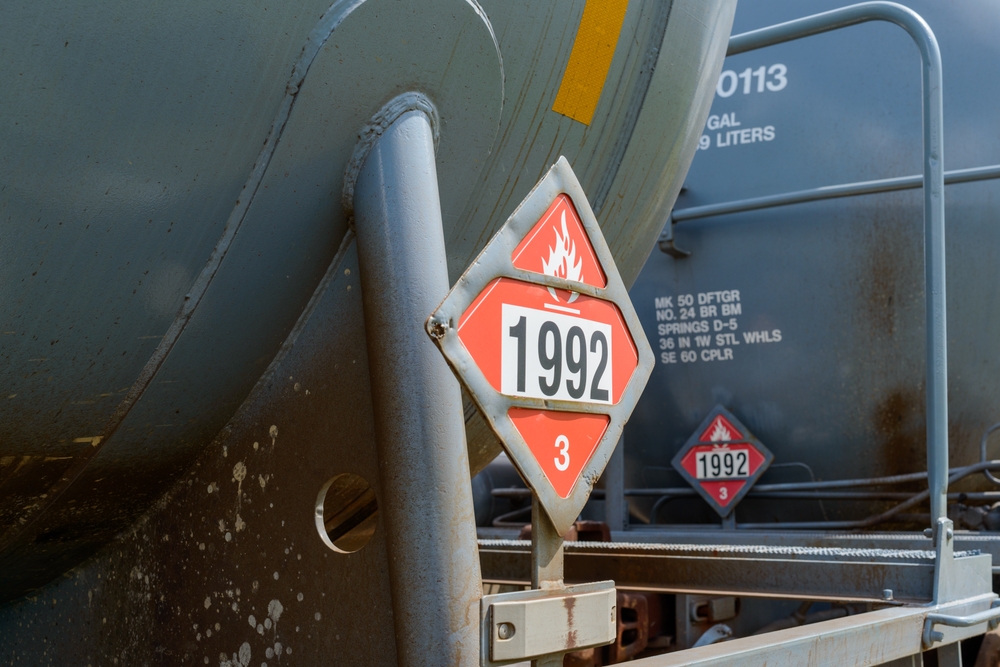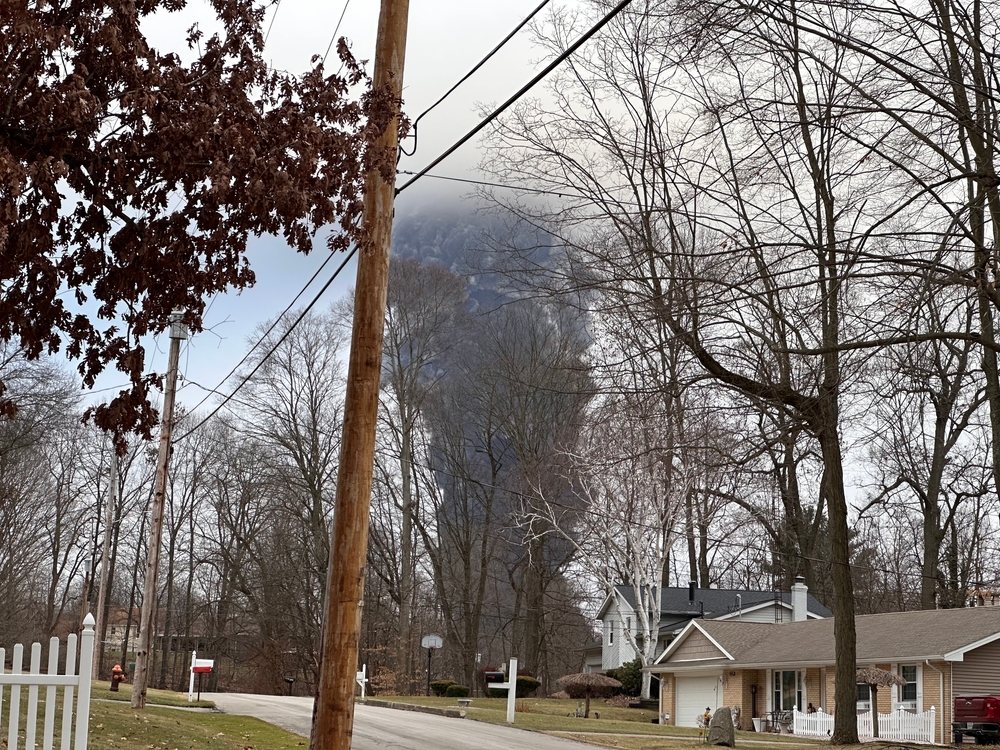Understanding the Risks of Toxic Exposure
Chemicals are everywhere. You will find them in toothpaste, shampoo, clothing, cleaning products, and even the food you eat. It is almost impossible to avoid them completely, but most chemicals are harmless in small amounts, keeping the average person safe from health risks. Unfortunately, the risk of severe adverse health effects is much higher for the millions of people who regularly work with dangerous substances. Sometimes, a leak or spill accidentally exposes workers. Other times, people work with toxic chemicals for years before scientists and health experts realize that extended exposure to those chemicals could be hazardous. People can also be exposed to hazardous substances depending on where they live. Affected people can pursue lawsuits, or toxic tort litigation, to try to recover compensation for their injuries and suffering.
Chemicals That Cause Toxic Exposure
Roughly 8,700 chemicals are manufactured and processed in the United States. These chemicals fuel the economy by driving billions of dollars in commerce in nearly every industry. However, there is a significant downside to their usage. A handful of these toxic substances are regularly responsible for injuries, sickness and even death, and exposure poses a risk to individual human health and public health at large. Some common ones are listed below.

Arsenic
Arsenic is in the air we breathe every day, as well as organically in fish and shellfish. It is used inorganically to produce industrial alloys and copper, which are highly toxic and linked to cancer. People are often exposed to arsenic through drinking water and food, especially in developing countries. In the U.S., workers can be exposed to this toxic substance while processing glass, ammunition, and other products.
Cadmium
Cadmium is a chemical element found in cell phone batteries, plastics and metal coatings. This means that battery manufacturers, welders, solderers and window makers are exposed to cadmium while working. Smokers are also at high risk for cadmium exposure because cigarettes contain high levels of the chemical. Extensive cadmium exposure can cause organ system toxicity and lung, kidney, and pancreatic cancers.
Beryllium
Cars, golf clubs and computers all contain beryllium metals, which are also vital for medical and nuclear technology. However, beryllium dust and fumes are hazardous, and the U.S. Occupational Safety and Health Administration (OSHA) requires companies to make sure their employees are not exposed to high levels. Still, it can cause serious side effects like chronic beryllium disease, a lung condition that can reduce life expectancy.
Benzene
As one of the world’s most widely used hazardous substances, benzene is present nearly everywhere. The colorless chemical is used to make plastics, resins, dyes, detergents and pesticides, just to name a few. It is also produced during forest fires and volcanoes. Benzene inhalation can happen indoors and outdoors, especially at hazardous waste sites. Exposure can cause immune system damage and interfere with bone marrow production.
Manganese
Manganese is a trace mineral that our bodies need, and both the enzyme system and nervous system rely on it. It is found in many foods and available as dietary supplements, so its toxicity is somewhat confusing at first glance. Low-level exposure is safe, but workers in industrial settings breathe in high levels of manganese dioxide and manganese tetraoxide, both of which can cause lung inflammation and respiratory diseases.
Silica
Crystalline silica, or quartz dust, is a mineral found in the earth’s crust used to make stone, concrete and mortar. Unfortunately, it also causes adverse health effects like lung cancer. Those in ceramic, pottery and quarry industries are often exposed to silica and are at higher risk of silica-related cancer. OSHA regulates permissible exposure limits for silica workers, but it is still inhaled by those working on job sites.
Paraquat
Paraquat is a herbicide used by farmers and ranchers around the world. It can quickly kill weed-resistant plants, which makes it a cost-effective solution to protecting crops. However, its efficacy comes at a cost. It is highly toxic, and one small sip is enough to kill. There is no antidote, so paraquat poisoning is fatal. Long-term exposure can also cause neurological damage and has been linked to Parkinson’s disease.
Glyphosate
Most commonly sold under brand names like Roundup, Rodeo and Pondmaster, glyphosate is a herbicide that kills weeds and gets crops ready for harvest. Unlike paraquat, which is only sold to licensed applicators, glyphosate is available in stores and online. Inhaling or touching your face after using it can cause irritation, nausea and throat burns. Studies suggest that glyphosate could be linked to certain types of cancer, particularly non-Hodgkin lymphoma.
Asbestos
Asbestos is a group of six naturally occurring minerals (chrysotile, amosite, crocidolite, anthophyllite, tremolite and actinolite) that are heat-resistant. Before the 1990s, construction and building manufacturers relied on asbestos for insulation, fireproofing, paints and tiles. In 1973 alone, the U.S. used 1.8 billion pounds of the mineral. However, research later found that asbestos exposure can cause mesothelioma, a cancerous tumor that affects the organs.
The cleanup of the World Trade Center after 9/11 is one of the most widespread instances of asbestos exposure in recent history. Hundreds of tons of asbestos were released into the air after the towers’ collapse, and first responders, volunteers and nearby residents breathed in the dust. More than 20 years later, many of those who were on the scene have developed asbestos-related illnesses.
Lead
Before 1978, lead-based paint was a popular option for painters and builders because it dries faster and lasts longer than alternatives. Thankfully, experts realized the dangers of lead poisoning, especially in young children. When lead paint cracks or chips, it releases dust into the air, which people breathe in.
In 1978, the federal government banned the use of lead-based paint in new construction. However, millions of older homes in the U.S. still have lead paint, which is sometimes undetectable under more recent coats. Lead exposure can cause developmental delays and seizures in children. In addition, exposed adults are at risk of mood disorders, high blood pressure, miscarriage, and stillbirth due to lead toxicity.
How Hazardous Substance Exposure Happens
While toxic exposure can happen anywhere, most toxic tort law cases fall into a few categories. Some are exposed at work, which is classified as an occupational-related illness. Others get sick after breathing in toxic substances at home, like mold. Lastly, people might accidentally ingest hazardous substances or get exposed after skin contact with chemicals.
In The Workplace
 Millions of Americans work with toxic substances in industries ranging from farming to construction and mining to manufacturing. While these substances are poisonous, they are also beneficial to the economy. Due to the potential danger, employers must provide protective equipment and safety data sheets so that employees have information about the chemicals they are handling.
Millions of Americans work with toxic substances in industries ranging from farming to construction and mining to manufacturing. While these substances are poisonous, they are also beneficial to the economy. Due to the potential danger, employers must provide protective equipment and safety data sheets so that employees have information about the chemicals they are handling.
Even with precautions, long-term occupational illness is widespread. Workers who breathe in gases, fumes, dust and smoke all day face an increased risk of health hazards. Skin contact with a toxic substance can also cause permanent injury. Regular exposure is especially risky because health effects may not be evident until decades down the road. Workers may not realize they are experiencing adverse health effects until long after they have left their jobs.
To help reduce the risk of toxic exposure, manufacturers must provide written communication plans with detailed safety data sheets that share how to handle chemicals and what to do if a spill or leak happens. Safety data sheets also include:
- Manufacturer contact information
- First-aid recommendations
- Firefighting measures
- Emergency procedures
- Physical and chemical properties
- Potential health effects, both long- and short-term
- Proper disposal methods
Employers must also abide by the permissible exposure limits set by OSHA, which regulate the maximum amount of chemicals an employee can be exposed to in an eight-hour period. A manufacturer or employer can be held accountable in court if they violate OSHA standards. Chemical exposure can happen anywhere, but workers in the industries below are more likely to work with hazardous chemicals.
- Manufacturing
- Smelting
- Mining
- Farming
- Construction
- Automotive
- Agricultural
- Plastic
- Oil
At Home
If you live in a home built after 1990, your risk of exposure to dangerous toxins is low. However, people living in older homes are more likely to encounter asbestos and lead poisoning. Before the federal government banned home contractors from using dangerous chemicals, construction workers relied on asbestos to make popcorn ceilings and lead to make durable paint. Builders of older homes were not subject to stringent federal regulations, as health experts were not aware of the danger. As a result, those residents might suffer from long-term exposure effects after unknowingly breathing in toxic air.
 Another danger could be living near fracking sites. People are reporting various illnesses believed to be due to the toxic chemicals involved in hydraulic fracturing, commonly known as fracking. Fracking is a process that releases oil or gas from underground by injecting fluid at high pressure, fracturing the rock formation in which it is trapped. Millions of gallons of water, sand, and chemicals are forced underground to break apart rock and release oil and gas during the process. The Center for Environmental Health (CEH) states, “many of the chemicals of concern we have been working so hard to eliminate from consumer products have also been found in fracking fluids and have been discovered in the air and groundwater and even in household water wells near frack sites.”
Another danger could be living near fracking sites. People are reporting various illnesses believed to be due to the toxic chemicals involved in hydraulic fracturing, commonly known as fracking. Fracking is a process that releases oil or gas from underground by injecting fluid at high pressure, fracturing the rock formation in which it is trapped. Millions of gallons of water, sand, and chemicals are forced underground to break apart rock and release oil and gas during the process. The Center for Environmental Health (CEH) states, “many of the chemicals of concern we have been working so hard to eliminate from consumer products have also been found in fracking fluids and have been discovered in the air and groundwater and even in household water wells near frack sites.”
Adverse Health Effects of Toxic Exposure
Not everyone responds the same way to toxic substances. There are a few factors that determine just how severely someone will react to a hazardous substance. A few questions to ask, per the U.S. Agency for Toxic Substances and Disease Registry (ATSDR):
- What kind of chemical were you exposed to?
- How much of the chemical were you in contact with?
- How long did contact last?
- How many times were you exposed?
- How did it enter your body?
- Do you have any preexisting health conditions?
When someone comes into contact with toxic chemicals — whether inhaled, ingested, or touched — they are at risk for serious health effects. Hazardous chemicals can affect your body in many ways. Some irritate the eyes, while others affect the respiratory, reproductive, immune and nervous systems. No part of the body is immune from the toxic effects of harmful chemicals.
Asbestosis is long-term inflammation of the lungs after inhaling asbestos fibers. It is usually found in workers who inhale the toxic substance over a long period of time. The condition kills about 3,600 people a year.
Mesothelioma is also a complication of asbestos exposure. It is a malignant tumor that forms in the lungs, abdomen and heart. While it is treatable with surgery and chemotherapy, the life expectancy is grim. The five-year survival rate is under 10%.
Lung disease is the top occupation-related condition in the United States. Breathing in toxic substances, even briefly, can increase the risk of lung disease. Hazardous chemicals, fibers and dirt all put workers at risk of developing the condition.
Aplastic anemia is caused by exposure to hazardous chemicals like benzene and chloramphenicol (an antibiotic used to treat serious infections). It can be deadly, and patients may need bone marrow transplants. Unlike other types of anemia that are easily treated with iron supplements, aplastic anemia isn’t caused by a mineral deficiency.
Silicosis is a lung disease that occurs after inhaling large amounts of silica dust. It is divided into three categories: acute, chronic and accelerated. Acute silicosis happens after exposure to large amounts of silica. Chronic silicosis usually appears after decades of exposure, while accelerated happens five to ten years after heavy exposure. It can cause lung cancer, tuberculosis and chronic obstructive pulmonary disease (COPD).
Cancer is one of the most devastating health effects caused by toxic substance exposure. Leukemia, Hodgkin’s disease, skin cancer, soft-tissue sarcoma, bladder cancer, liver cancer and dozens more are known to result from chemical interactions.
Toxic Tort Litigation
What is your next step if you get sick or injured because of exposure to hazardous chemicals? A toxic exposure lawsuit can help you hold the responsible parties accountable, but it can be a complicated journey. In other types of litigation, the injury is often clearly linked to a specific, recent incident. In toxic tort cases, the health damage may not be apparent until years after exposure to these chemicals. The defendants in a case (usually the manufacturers and the companies involved) will argue that the adverse health effects can’t be directly linked to the hazardous substance, especially if a lawsuit is filed a long time after the initial exposure. They may say that you could have encountered other chemicals that caused the same health issues or that there isn’t enough scientific evidence to link the chemical to your specific symptoms.

In response, a toxic tort lawyer might allege negligence on the part of the company and manufacturer. In cases of negligence, the manufacturer or employer didn’t demonstrate the level of care expected of them. An example may be a business that doesn’t provide proper protection to employees working with harsh chemicals. Toxic tort wrongdoing also includes manufacturers and defendants who misrepresented the danger of chemical exposure and didn’t adequately warn of health risks. Successful toxic tort settlements can be substantial, and class action lawsuits sometimes net millions of dollars. Working with an experienced toxic tort lawyer can help you navigate the often confusing world of toxic lawsuits to get the compensation you need.













